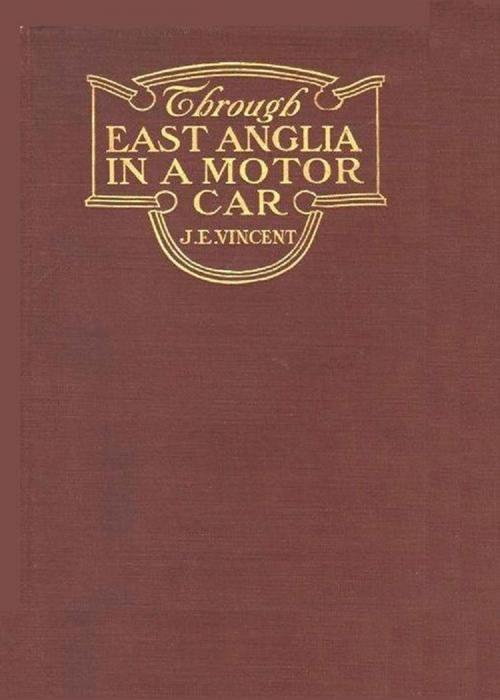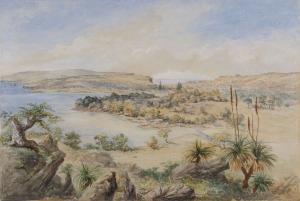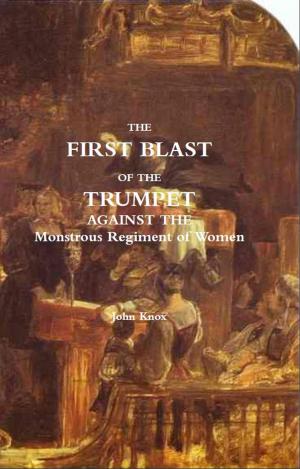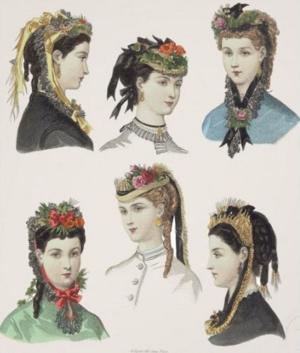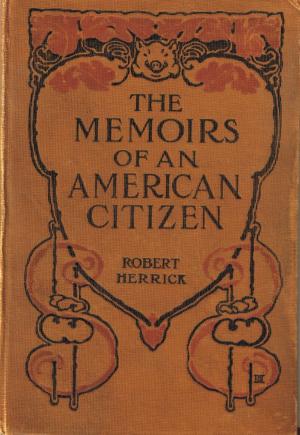| Author: | J. E. Vincent | ISBN: | 1230000037191 |
| Publisher: | AP Publishing House | Publication: | December 7, 2012 |
| Imprint: | Language: | English |
| Author: | J. E. Vincent |
| ISBN: | 1230000037191 |
| Publisher: | AP Publishing House |
| Publication: | December 7, 2012 |
| Imprint: | |
| Language: | English |
This book, the first volume it is hoped of a series, was undertaken because the existing Guide-books were, through no fault in their writers, by no means adequate to the needs of the traveller by motor-car. A new method of travel, in fact, brings in its train the need for a new species of guide-book, and the truth of this observation becomes clear when we consider an authoritative definition of the term "Guide-book." It is "a book of directions for travellers and tourists as to the best routes, etc., and giving information about the places to be visited." All which needs to be added to this definition by way of explanation is that the information given may justly be of almost any kind so long as it is not tedious.
Substantially, all the existing guide-books, some of them of admirable quality, were written before the motor-car had entered into our social system. Except a small number of accounts of tours by horse-drawn carriages, they were compiled by men who travelled by train from place to place, obtaining no view of the country often—for deep cuttings destroy all joy of the eye for the railway passenger—and at best only a partial view, for the use of men and women condemned to the like method of travel. In them it is vain to seek for any appreciation of the pleasure of the road, of the delight of travel itself. The motor-car has changed all that. The act of going from place to place is at least as essential a part of the enjoyment of a tour as the sojourn at the new place when it is reached, as the leisurely survey of its features of beauty or interest, or the inquiry into its history and its associations. Many matters, too, are of moment to the motorist which are of none to the traveller by rail. He desires to know something in advance of the nature of the roads to be traversed, of the gradients to be climbed, of the facilities for housing his car when his destination of the day is accomplished, and last, but certainly not least, where he can submit it to a skilled artificer for repair if occasion should unhappily arise.
This book, the first volume it is hoped of a series, was undertaken because the existing Guide-books were, through no fault in their writers, by no means adequate to the needs of the traveller by motor-car. A new method of travel, in fact, brings in its train the need for a new species of guide-book, and the truth of this observation becomes clear when we consider an authoritative definition of the term "Guide-book." It is "a book of directions for travellers and tourists as to the best routes, etc., and giving information about the places to be visited." All which needs to be added to this definition by way of explanation is that the information given may justly be of almost any kind so long as it is not tedious.
Substantially, all the existing guide-books, some of them of admirable quality, were written before the motor-car had entered into our social system. Except a small number of accounts of tours by horse-drawn carriages, they were compiled by men who travelled by train from place to place, obtaining no view of the country often—for deep cuttings destroy all joy of the eye for the railway passenger—and at best only a partial view, for the use of men and women condemned to the like method of travel. In them it is vain to seek for any appreciation of the pleasure of the road, of the delight of travel itself. The motor-car has changed all that. The act of going from place to place is at least as essential a part of the enjoyment of a tour as the sojourn at the new place when it is reached, as the leisurely survey of its features of beauty or interest, or the inquiry into its history and its associations. Many matters, too, are of moment to the motorist which are of none to the traveller by rail. He desires to know something in advance of the nature of the roads to be traversed, of the gradients to be climbed, of the facilities for housing his car when his destination of the day is accomplished, and last, but certainly not least, where he can submit it to a skilled artificer for repair if occasion should unhappily arise.
